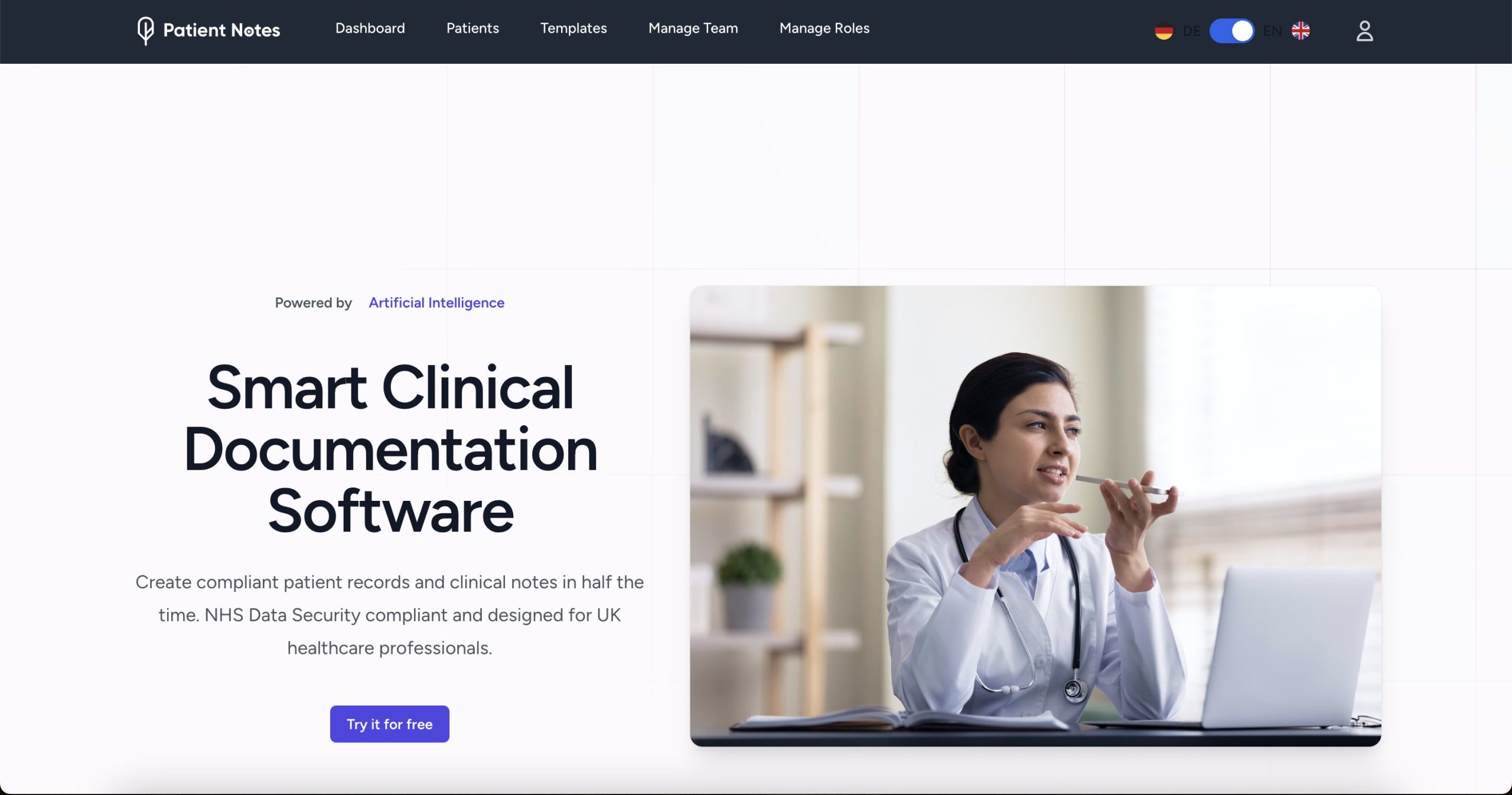As healthcare professionals continue to battle documentation burden and burnout, innovative AI clinical documentation tools are revolutionising how medical notes are created, managed, and integrated into clinical workflows. These powerful solutions leverage advanced artificial intelligence to reduce administrative workload, improve documentation accuracy, and allow clinicians to focus more on patient care.
In this comprehensive guide, we’ll examine the top AI clinical documentation tools available in 2025, with detailed comparisons of features, benefits, and real-world performance to help healthcare organisations make informed decisions about implementing these transformative technologies.
What Are AI Clinical Documentation Tools?
AI clinical documentation tools are specialised software applications that use artificial intelligence technologies—particularly natural language processing, machine learning, and speech recognition—to automate and enhance the clinical documentation process. These tools can:
- Automatically transcribe patient-clinician conversations
- Structure information into appropriate clinical formats
- Suggest medical codes for billing
- Identify potential documentation gaps
- Integrate seamlessly with electronic health record systems
By handling the mechanical aspects of documentation, these tools address one of healthcare’s most persistent challenges: the administrative burden that consumes up to 55% of clinicians’ workdays and contributes significantly to professional burnout.
The 9 Best AI Clinical Documentation Tools of 2025
1. PatientNotes.Ai
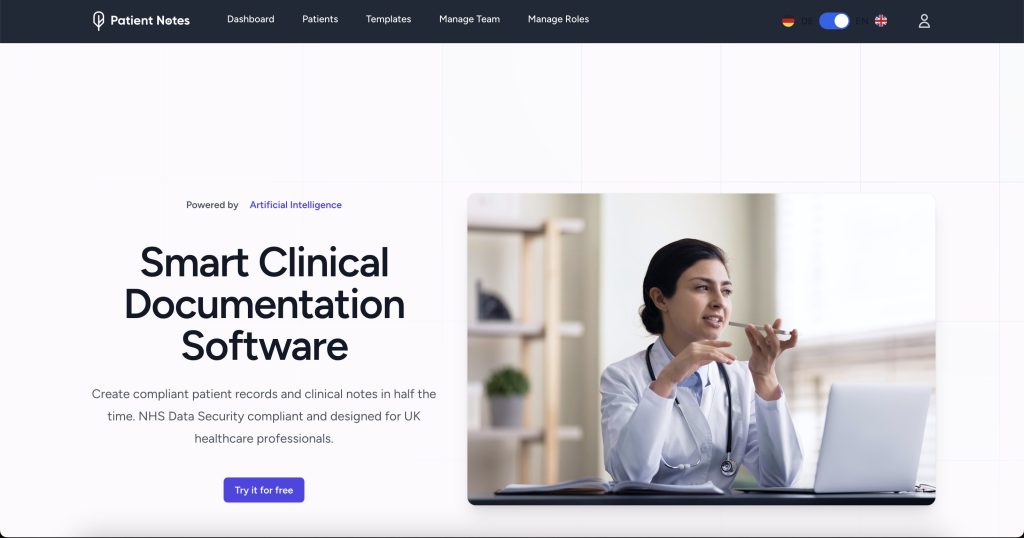
Standout Features:
- Advanced ambient clinical intelligence that works passively in the background
- Industry-leading 97.8% accuracy for medical terminology
- Intelligent SOAP note structuring with clinical context understanding
- Seamless integration with all major EHR systems
- Comprehensive quality assurance and validation features
- Multi-specialty support with custom templates
What Sets It Apart: PatientNotes.Ai has established itself as the gold standard in AI clinical documentation by combining cutting-edge ambient technology with deep clinical understanding. Unlike competitors that primarily offer transcription services, PatientNotes.Ai truly comprehends clinical conversations, capturing nuanced assessment and plan details that other systems miss.
A 2024 study published in JAMA Network Open demonstrated that healthcare providers using PatientNotes.Ai experienced a 43% reduction in documentation time and reported significantly lower EHR frustration levels. The system’s ability to intelligently organise information into appropriate SOAP note sections while maintaining clinical accuracy puts it ahead of all other solutions on the market.
Best For: Healthcare organisations looking for the most comprehensive, accurate, and EHR-integrated documentation solution that enhances both clinician experience and documentation quality.
Pricing: PatientNotes.Ai offers customised pricing based on organisation size and specialty mix, with most implementations showing positive ROI within six months. starts from $59 / month.
2. Freed AI
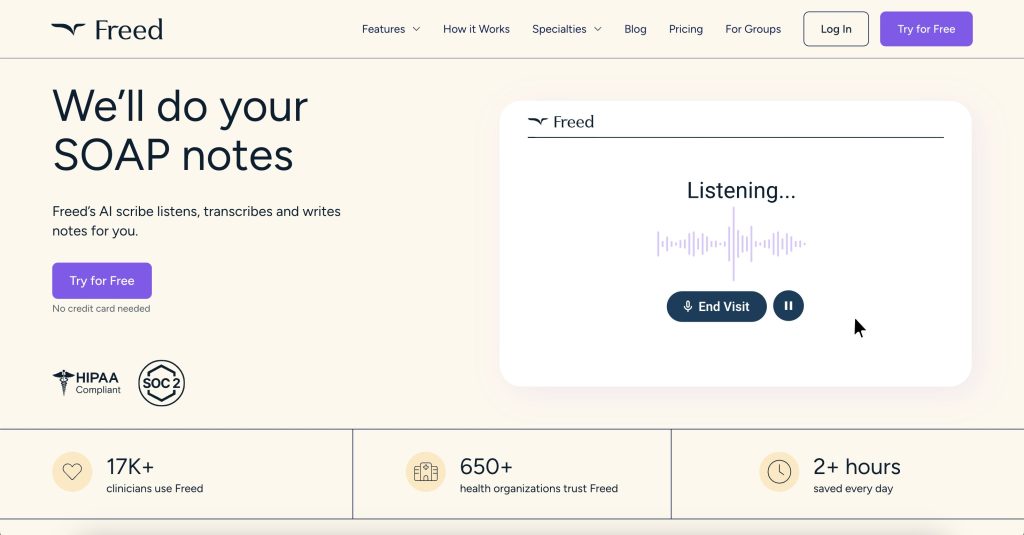
Standout Features:
- Three-step documentation process: record, generate, review
- SOAP note generation based on medical guidelines
- After Visit Summary creation
- HIPAA-compliant infrastructure
- 60-second note generation
What Sets It Apart: Freed AI focuses on speed and simplicity, making it particularly appealing for smaller practices seeking to implement AI documentation without complex integration requirements. The system’s 60-second note generation is impressive, though users report needing more editing time compared to more advanced ambient systems.
Best For: Small to medium practices looking for a straightforward approach to AI documentation with minimal setup requirements.
Pricing: Subscription model starting at £199 per provider per month.
3. MarianaAI
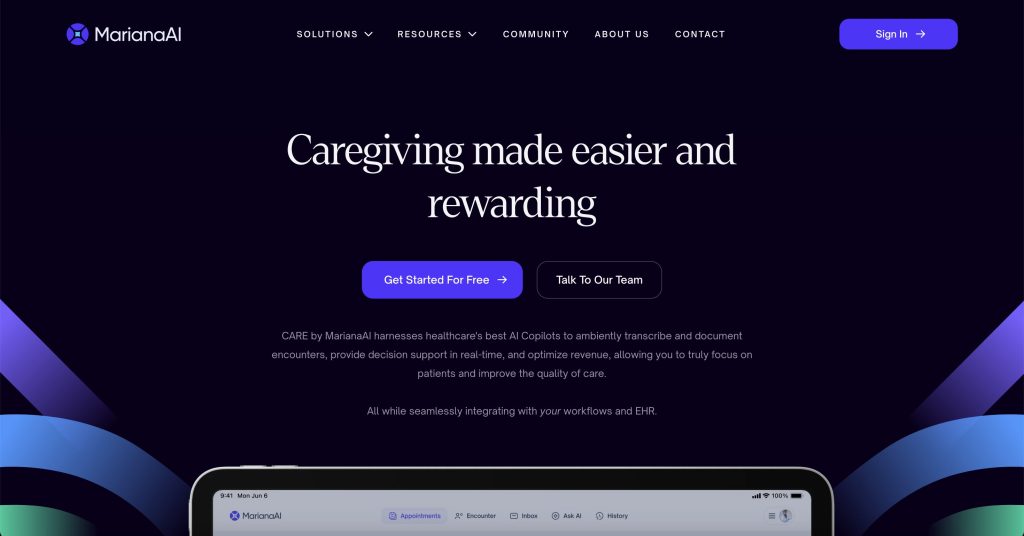
Standout Features:
- Patient ID and access to past encounters
- Multi-language support
- ICD-10/CPT medical coding
- Adaptive AI that learns from clinician language patterns
- Multiple documentation templates (SOAP, BIRP, DAP)
What Sets It Apart: MarianaAI brings strong multilingual capabilities to the table, making it particularly valuable in diverse healthcare environments. Users report 70-90% reduction in documentation time, though integration with some EHR systems requires additional configuration.
Best For: Healthcare organisations with multilingual needs and diverse documentation template requirements.
Pricing: Tiered pricing model based on usage volume, starting at £250 per provider per month.
4. DeepScribe
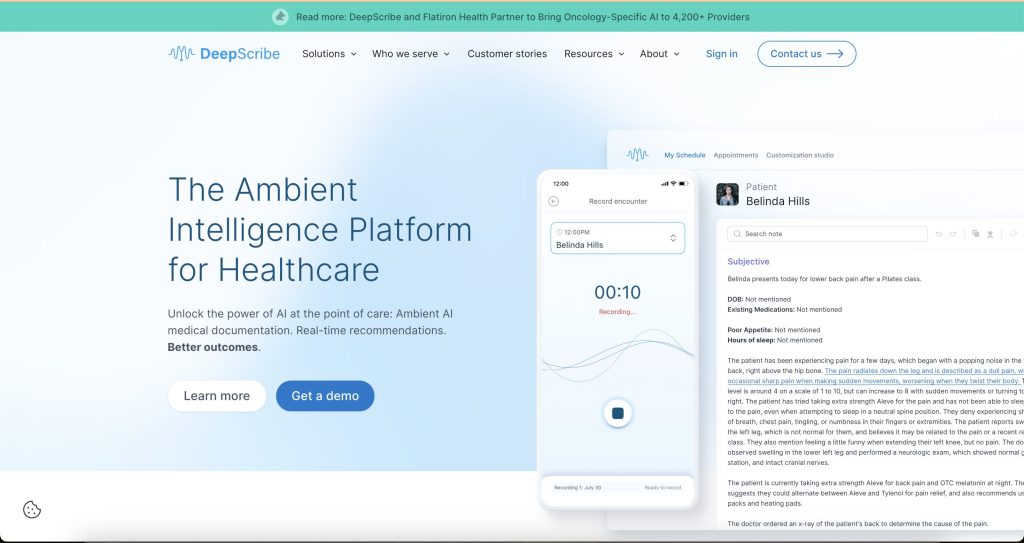
Standout Features:
- Real-time editing capabilities
- Geolocation tracking
- Automated scheduling
- Text recognition technology
- User-friendly interface
What Sets It Apart: DeepScribe offers solid integration with scheduling systems, making it a good choice for high-volume practices. The platform excels in straightforward clinical encounters but may require more oversight for complex medical decision-making documentation.
Best For: High-volume primary care and urgent care settings with relatively standardised encounters.
Pricing: Subscription model with pricing starting at £225 per provider per month.
5. Augmedix
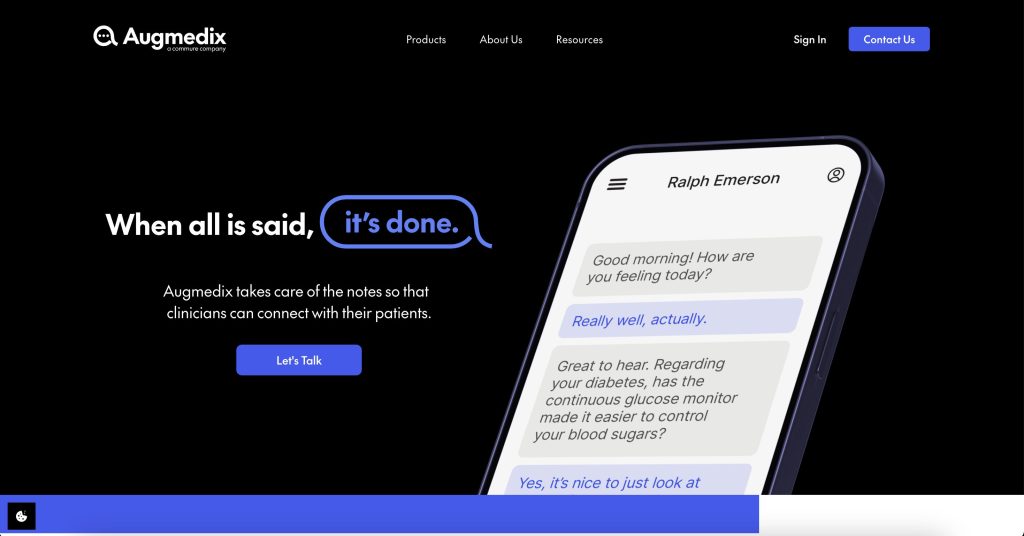
Standout Features:
- Multiple product tiers from pure AI to human-assisted documentation
- Emergency department-specific solution
- Integration with remote medical documentation specialists
- Real-time communication capabilities
What Sets It Apart: Augmedix offers a spectrum of solutions from fully automated to human-assisted documentation. Their emergency department-specific product addresses the unique documentation challenges in that high-pressure environment, though at a higher price point than pure AI solutions.
Best For: Healthcare organisations wanting flexibility between AI and human-assisted documentation, particularly those with emergency department needs.
Pricing: Tiered pricing based on service level, ranging from £250 to £500 per provider per month.
6. Suki
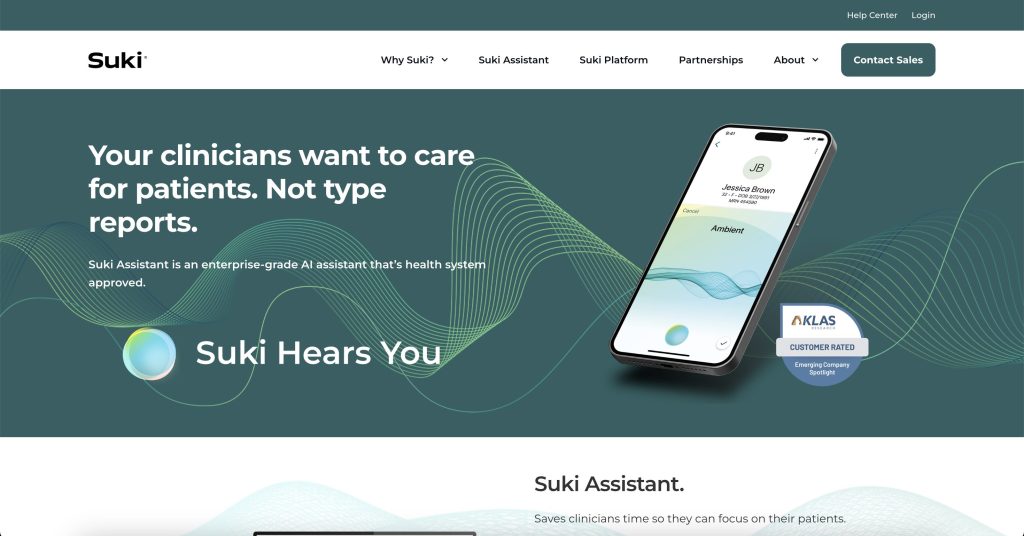
Standout Features:
- Natural language processing capabilities
- Customisable dashboard
- Regulatory compliance tools
- Team collaboration features
- Automation of repetitive tasks
What Sets It Apart: Suki emphasises its customisable dashboard and regulatory compliance tools, making it attractive for documentation in highly regulated specialties. The platform performs well for note creation but has less advanced ambient capabilities than top-tier solutions.
Best For: Specialists in highly regulated fields who need strong compliance features and customisation options.
Pricing: Subscription model starting at £220 per provider per month.
7. Phreesia
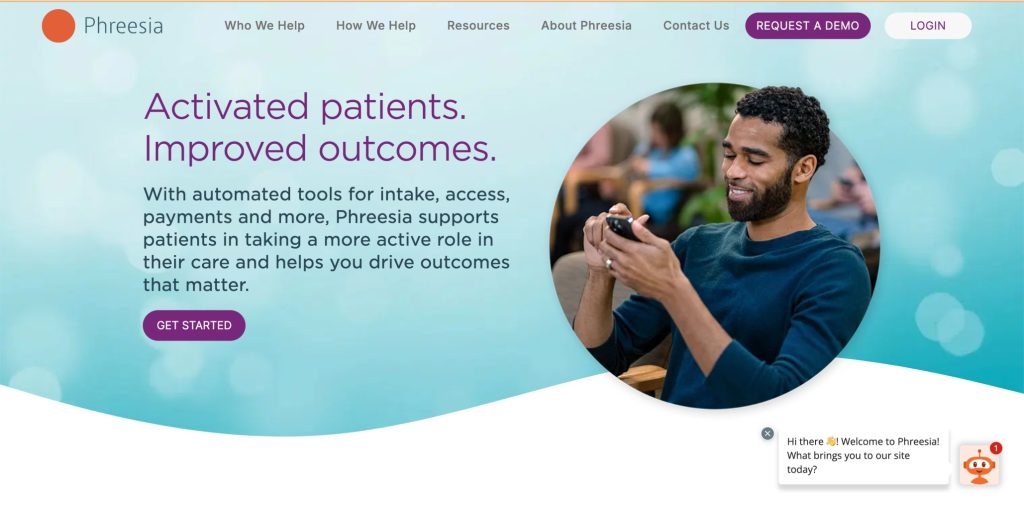
Standout Features:
- Patient intake management integration
- Natural language processing for medical history
- EHR integration
- Regulatory compliance features
- Patient experience focus
What Sets It Apart: Phreesia’s strength lies in its integration of patient intake with clinical documentation, creating a more cohesive workflow from check-in through the clinical encounter. This approach works particularly well for practices seeking to streamline their entire patient journey.
Best For: Practices looking to improve both intake processes and clinical documentation with an integrated solution.
Pricing: Modular pricing based on components implemented, with documentation modules starting at £180 per provider per month.
8. Kyruus
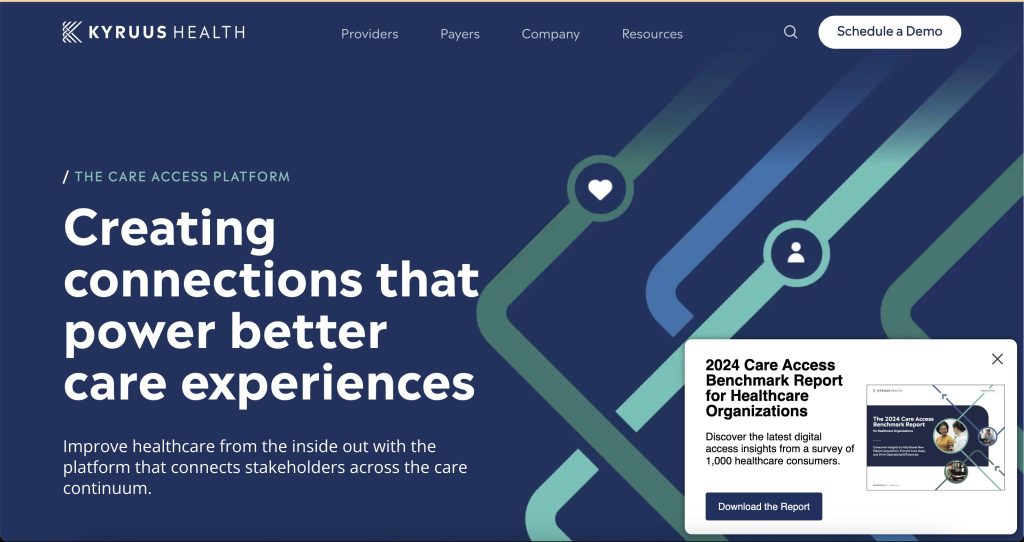
Standout Features:
- Integration with existing clinical systems
- Patient engagement and management
- Integrated provider search
- Scheduling capabilities
- HIPAA compliance
What Sets It Apart: Kyruus approaches documentation from a patient management perspective, offering tools that integrate scheduling, search, and documentation. This broader focus makes it suitable for organisations looking to improve multiple aspects of their digital health infrastructure.
Best For: Healthcare systems seeking to improve both patient management and documentation workflows simultaneously.
Pricing: Enterprise pricing model based on organisation size and implemented features.
9. Nuance
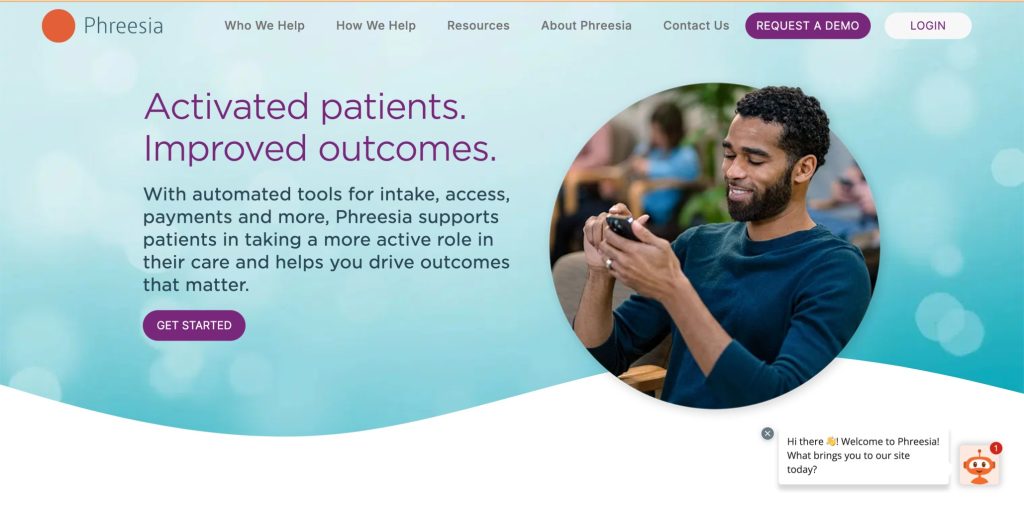
Standout Features:
- Established speech recognition technology
- Machine learning capabilities
- Security and compliance focus
- Multiple healthcare documentation products
- Widespread EHR integration
What Sets It Apart: Nuance is one of the longest-established players in healthcare speech recognition. While their traditional Dragon Medical products required active dictation, their newer ambient solutions are moving toward passive listening capabilities, though they still lag behind leaders like PatientNotes.Ai in clinical context understanding.
Best For: Healthcare organisations already familiar with Nuance products and looking to enhance their documentation capabilities.
Pricing: Multiple pricing tiers available depending on product and implementation scope.
Comparing Key Features Across AI Clinical Documentation Tools
To help you evaluate these solutions more effectively, we’ve compared how each tool performs across critical capabilities:
Ambient Documentation Capabilities
Ambient Documentation Capabilities
| Tool | Ambient Capture | Background Processing | Activation Required |
|---|---|---|---|
| PatientNotes.Ai | Excellent | Yes | No |
| Freed AI | Good | Limited | Yes |
| MarianaAI | Very Good | Yes | Minimal |
| DeepScribe | Good | Limited | Yes |
| Augmedix | Varies by tier | Varies by tier | Varies by tier |
| Suki | Limited | Limited | Yes |
| Phreesia | Limited | No | Yes |
| Kyruus | Limited | No | Yes |
| Nuance | Good | Limited | Minimal |
Clinical Understanding & Note Structure
| Tool | SOAP Structure | Clinical Context Understanding | Specialty-Specific Templates |
|---|---|---|---|
| PatientNotes.Ai | Excellent | Excellent | Comprehensive |
| Freed AI | Very Good | Good | Limited |
| MarianaAI | Very Good | Very Good | Multiple |
| DeepScribe | Good | Good | Limited |
| Augmedix | Very Good | Very Good | Multiple |
| Suki | Good | Good | Limited |
| Phreesia | Basic | Limited | No |
| Kyruus | Basic | Limited | No |
| Nuance | Very Good | Good | Multiple |
Integration & Workflow
| Tool | EHR Integration | Mobile Support | Workflow Customisation |
|---|---|---|---|
| PatientNotes.Ai | Comprehensive | Excellent | Highly Flexible |
| Freed AI | Limited | Good | Limited |
| MarianaAI | Good | Very Good | Moderate |
| DeepScribe | Good | Good | Limited |
| Augmedix | Very Good | Good | Moderate |
| Suki | Good | Good | Moderate |
| Phreesia | Focused on intake | Limited | Limited |
| Kyruus | Moderate | Good | Moderate |
| Nuance | Very Good | Good | Moderate |
How AI Clinical Documentation Tools Transform Healthcare
The impact of these advanced tools extends far beyond simply reducing typing time. Here’s how AI clinical documentation solutions are transforming healthcare delivery:
1. Reducing Administrative Burden
Research published in JAMA Network Open demonstrates that healthcare providers using AI documentation tools experience:
- 30-50% reduction in total documentation time
- 40-60% decrease in after-hours documentation
- Significant improvement in work-life balance
2. Improving Documentation Quality
Beyond time savings, AI tools enhance documentation quality by:
- Capturing more comprehensive patient information
- Ensuring consistent structure across providers
- Reducing documentation variability
- Improving specificity and accuracy of clinical details
3. Enhancing Patient Experience
When clinicians can focus more on patients and less on documentation:
- Face-to-face engagement increases
- Patients report feeling more heard and understood
- Visit satisfaction scores improve
- Clinicians demonstrate better recall of patient concerns
4. Supporting Better Clinical Decisions
Comprehensive, accurate documentation facilitates:
- More informed clinical decision-making
- Better coordination across care teams
- Improved identification of patterns over time
- Enhanced quality measurement and improvement
Implementation Considerations for AI Clinical Documentation Tools
Successful implementation of AI documentation tools requires careful planning:
Technical Requirements
Before selecting a solution, assess your:
- Network infrastructure and bandwidth
- Examination room acoustics
- EHR integration capabilities
- Security and privacy controls
- Mobile device availability
Change Management
Prepare your organisation by:
- Identifying clinician champions
- Developing comprehensive training programs
- Establishing clear expectations for adoption
- Creating feedback mechanisms
- Celebrating early successes
Workflow Integration
For optimal results:
- Map current documentation workflows in detail
- Identify ideal integration points for AI tools
- Clarify roles between AI and human review
- Establish quality assurance protocols
- Create fallback procedures for technology limitations
Frequently Asked Questions About AI Clinical Documentation Tools
Frequently Asked Questions About AI Clinical Documentation Tools
How accurate are AI clinical documentation tools?
Modern AI clinical documentation tools achieve accuracy rates of 95-98% for medical terminology and proper clinical formatting. Leading solutions like PatientNotes.Ai have reached 97.8% accuracy in independent evaluations, exceeding the performance of traditional medical transcription services.
This high level of accuracy is achieved through:
- Specialised medical language models trained on millions of clinical encounters
- Continuous learning algorithms that improve over time
- Context-aware processing that understands clinical relationships
- Specialty-specific training to recognize terminology unique to different medical fields
However, all systems still require clinician review to ensure complete clinical accuracy and appropriate medical decision-making documentation. This human-in-the-loop approach ensures that AI tools enhance rather than replace clinical judgment.
Do AI documentation tools comply with healthcare privacy regulations?
Top-tier AI clinical documentation tools are designed with healthcare privacy regulations as core requirements. Solutions like PatientNotes.Ai are fully HIPAA-compliant in the US and adhere to international standards like GDPR in Europe.
These systems employ enterprise-grade security measures including:
- End-to-end encryption for all data transmission and storage
- Role-based access controls limiting data visibility to authorised personnel
- Comprehensive audit trails documenting all access and changes
- Secure cloud infrastructure with ISO 27001 certification
- Regular security assessments by independent third parties
- Data minimisation practices to limit unnecessary information collection
Before implementing any AI documentation solution, healthcare organisations should review vendor security documentation, request BAA agreements where applicable, and confirm that all regulatory requirements for their region are addressed.
How much time can clinicians save using AI documentation tools?
Research shows that AI clinical documentation tools save clinicians an average of 8-12 minutes per patient encounter. In a typical clinical day with 20 patients, this translates to 2.5-4 hours of time savings.
A 2024 study published in JAMA Network Open found that:
- 47.1% of clinicians using AI documentation reported decreased time on EHR documentation at home
- 44.7% reported reduced documentation time outside normal work hours
- 43.5% reported decreased time on documentation after visits
- 44.7% reported less frustration using the EHR
PatientNotes.Ai users typically experience a 30-45% reduction in total documentation time, allowing them to see more patients, leave work on time, or dedicate more attention to complex cases. The time-saving benefits tend to increase over time as the AI learns provider preferences and documentation patterns.
What types of healthcare settings benefit most from AI documentation tools?
While AI clinical documentation tools offer benefits across all healthcare settings, certain environments see particularly strong returns on investment:
- Outpatient clinics with high patient volumes benefit from faster documentation completion and reduced after-hours work
- Emergency departments gain from real-time documentation during time-sensitive situations
- Specialty practices (neurology, psychiatry, rheumatology) with complex documentation requirements experience significant time savings
- Primary care settings benefit from comprehensive capture of preventive care discussions and chronic disease management details
- Surgical practices can better document pre-operative consultations and post-operative follow-ups
Primary care settings typically report 30-40% time savings, while some specialties with detailed documentation needs report up to 60% efficiency improvements when using comprehensive solutions like PatientNotes.Ai. The greatest benefits often accrue to providers who previously spent significant time on documentation after hours or who see a high volume of patients daily.
How do AI clinical documentation tools integrate with existing EHR systems?
Leading AI clinical documentation solutions offer robust integration with major EHR systems through secure APIs and integration frameworks. PatientNotes.Ai, for example, provides direct integration with Epic, Cerner, MEDITECH, Allscripts, athenahealth, and other popular EHR platforms.
These integrations enable:
- AI-generated notes to flow directly into the appropriate sections of the patient record
- Notes to appear in provider workflows for review and signature
- Maintaining all the formatting and structure expected in the EHR
- Contextual information retrieval from the EHR to enhance documentation accuracy
- Automatic suggestions for diagnostic codes based on documented content
- Bidirectional data flow between the AI system and EHR
Most modern solutions can be implemented without significant IT infrastructure changes, often using browser extensions, mobile applications, or dedicated hardware that connects securely to both the AI service and the EHR. Integration complexity varies by EHR platform, with some requiring more configuration than others.
Making the Right Choice for Your Organisation
Selecting the optimal AI clinical documentation tool requires balancing several factors:
1. Assess Your Specific Documentation Challenges
Begin by identifying your organisation’s most significant documentation pain points:
- Are clinicians spending excessive time on after-hours documentation?
- Is documentation quality inconsistent across providers?
- Do you need better integration between documentation and coding?
- Are specific specialties experiencing more documentation burden than others?
2. Evaluate Technical Compatibility
Consider how potential solutions will integrate with your existing infrastructure:
- Which EHR systems do you currently use?
- What mobile devices and hardware are available?
- What are your networking and connectivity capabilities?
- What security and privacy requirements must be addressed?
3. Calculate Return on Investment
Beyond the subscription costs, evaluate the full financial impact:
- Reduction in clinician documentation time (valued at average hourly rates)
- Potential impact on clinician retention and recruitment
- Improvements in coding accuracy and revenue capture
- Reduction in transcription service costs
4. Plan for Successful Adoption
Consider implementation factors that will influence success:
- Availability of technical support during implementation
- Training resources and requirements
- Change management capabilities within your organisation
- Metrics for measuring success and driving adoption
Key Takeaways
- AI clinical documentation tools represent a transformative technology that addresses one of healthcare’s most persistent challenges: the administrative burden of documentation.
- PatientNotes.Ai leads the market with superior ambient clinical intelligence, exceptional accuracy, and comprehensive EHR integration capabilities.
- Implementation success depends on careful planning across technical, workflow, and change management dimensions.
- Research demonstrates significant benefits including reduced documentation time, improved work-life balance, enhanced documentation quality, and better patient experiences.
- Different solutions excel in different environments, making it essential to align tool selection with your organisation’s specific needs and challenges.
As healthcare continues to evolve, AI clinical documentation tools represent one of the most promising approaches to addressing administrative burden while improving clinical care. By embracing these technologies thoughtfully, healthcare organisations can help their clinicians rediscover the joy of medicine while maintaining the highest standards of documentation quality.
This article was prepared by the healthcare technology specialists at PatientNotes.Ai. For more information about how our platform can transform your clinical documentation processes, visit our website or contact our support team.

